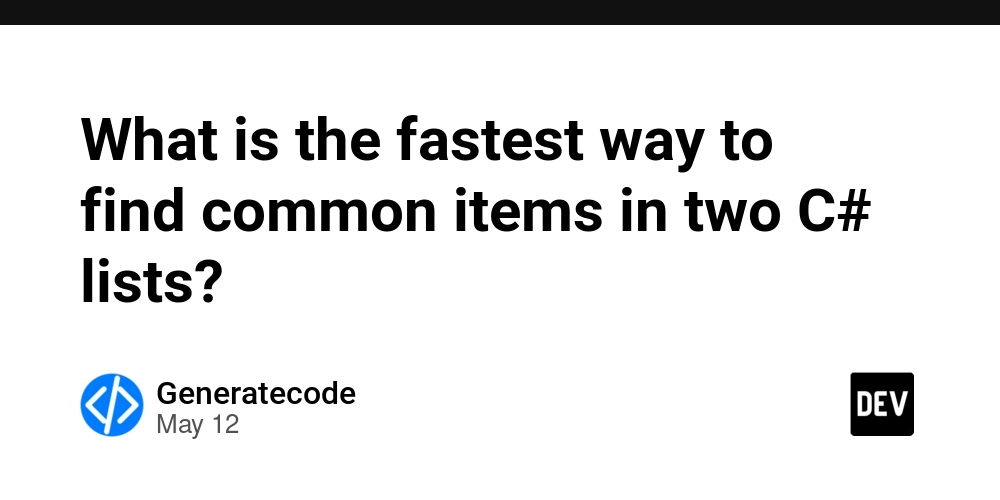How Code Beautifiers Improve Readability and Debugging
In today’s fast-paced development environment, writing clean, readable code isn’t just a luxury—it's a necessity. Whether you're working solo or collaborating on a large project, messy or minified code can slow down your workflow and increase the chances of errors. This is where code beautifiers come into play. These tools automatically restructure and format your code to make it more human-readable while preserving its functionality. But beyond aesthetics, code beautifiers offer real advantages when it comes to debugging, collaboration, and maintainability. What Is a Code Beautifier? A code beautifier—also known as a code formatter—is a utility that transforms unformatted, minified, or obfuscated source code into a well-structured, readable format. It applies consistent indentation, spacing, line breaks, and syntax highlighting to make code easier to understand and navigate. function add(a,b){return a+b;} /* Beautified Version */ function add(a, b) { return a + b; } These tools are especially useful when dealing with: Minified scripts for debugging Legacy codebases without consistent formatting Collaborative environments requiring standardization Benefits of Using a Code Beautifier 1. Improved Readability Well-formatted code helps developers quickly identify logic blocks, functions, loops, and conditionals. This leads to faster comprehension and reduces the learning curve when onboarding new team members. 2. Easier Debugging When code is properly formatted, spotting syntax errors becomes significantly easier. For example, mismatched braces, incorrect function calls, or missing semicolons stand out clearly in beautified code. if(x==10){ console.log("Equal"); } else{console.log("Not Equal");} if (x == 10) { console.log("Equal"); } else { console.log("Not Equal"); } 3. Consistent Coding Standards Code beautifiers enforce uniformity across a project. Teams can define style rules (e.g., tab vs. space, quote types, etc.), ensuring all contributors write code that looks the same regardless of individual preferences. 4. Faster Review and Collaboration Pull requests become cleaner and easier to review when everyone uses the same formatting standards. Git diffs also show only meaningful changes instead of whitespace differences. 5. Support for Multiple Languages Modern beautifiers support a wide range of languages including JavaScript, TypeScript, Python, PHP, Java, JSON, HTML, and CSS, making them versatile tools for full-stack developers. How Code Beautifiers Help in Real Projects Before and After Formatting Before for(var i=0;i After for (var i = 0; i < arr.length; i++) { console.log(arr[i]); } Conclusion Code beautifiers are more than just aesthetic tools—they’re essential for maintaining readable, debuggable, and maintainable codebases. By automating formatting, they save time, reduce cognitive load, and help teams collaborate more effectively. If you haven't already integrated a code beautifier into your development workflow, now is the perfect time to start. Whether you're working on personal scripts or enterprise-level applications, clean code makes every task—from debugging to deployment—smoother and more efficient.
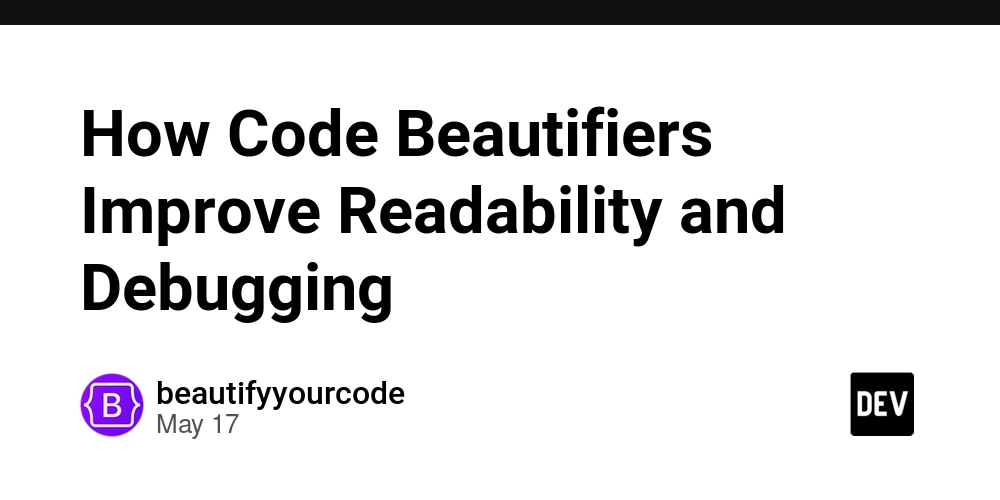
In today’s fast-paced development environment, writing clean, readable code isn’t just a luxury—it's a necessity. Whether you're working solo or collaborating on a large project, messy or minified code can slow down your workflow and increase the chances of errors.
This is where code beautifiers come into play. These tools automatically restructure and format your code to make it more human-readable while preserving its functionality. But beyond aesthetics, code beautifiers offer real advantages when it comes to debugging, collaboration, and maintainability.
What Is a Code Beautifier?
A code beautifier—also known as a code formatter—is a utility that transforms unformatted, minified, or obfuscated source code into a well-structured, readable format. It applies consistent indentation, spacing, line breaks, and syntax highlighting to make code easier to understand and navigate.
function add(a,b){return a+b;}
/* Beautified Version */ function add(a, b) { return a + b; }
These tools are especially useful when dealing with:
Minified scripts for debugging
Legacy codebases without consistent formatting
Collaborative environments requiring standardization
Benefits of Using a Code Beautifier
1. Improved Readability
Well-formatted code helps developers quickly identify logic blocks, functions, loops, and conditionals. This leads to faster comprehension and reduces the learning curve when onboarding new team members.
2. Easier Debugging
When code is properly formatted, spotting syntax errors becomes significantly easier. For example, mismatched braces, incorrect function calls, or missing semicolons stand out clearly in beautified code.
if(x==10){ console.log("Equal"); } else{console.log("Not Equal");}
if (x == 10) { console.log("Equal"); } else { console.log("Not Equal"); }
3. Consistent Coding Standards
Code beautifiers enforce uniformity across a project. Teams can define style rules (e.g., tab vs. space, quote types, etc.), ensuring all contributors write code that looks the same regardless of individual preferences.
4. Faster Review and Collaboration
Pull requests become cleaner and easier to review when everyone uses the same formatting standards. Git diffs also show only meaningful changes instead of whitespace differences.
5. Support for Multiple Languages
Modern beautifiers support a wide range of languages including JavaScript, TypeScript, Python, PHP, Java, JSON, HTML, and CSS, making them versatile tools for full-stack developers.
How Code Beautifiers Help in Real Projects
Before and After Formatting
Before
for(var i=0;i
After
for (var i = 0; i < arr.length; i++) { console.log(arr[i]); }
Conclusion
Code beautifiers are more than just aesthetic tools—they’re essential for maintaining readable, debuggable, and maintainable codebases. By automating formatting, they save time, reduce cognitive load, and help teams collaborate more effectively.
If you haven't already integrated a code beautifier into your development workflow, now is the perfect time to start. Whether you're working on personal scripts or enterprise-level applications, clean code makes every task—from debugging to deployment—smoother and more efficient.











































































































































































![[The AI Show Episode 146]: Rise of “AI-First” Companies, AI Job Disruption, GPT-4o Update Gets Rolled Back, How Big Consulting Firms Use AI, and Meta AI App](https://www.marketingaiinstitute.com/hubfs/ep%20146%20cover.png)















































































































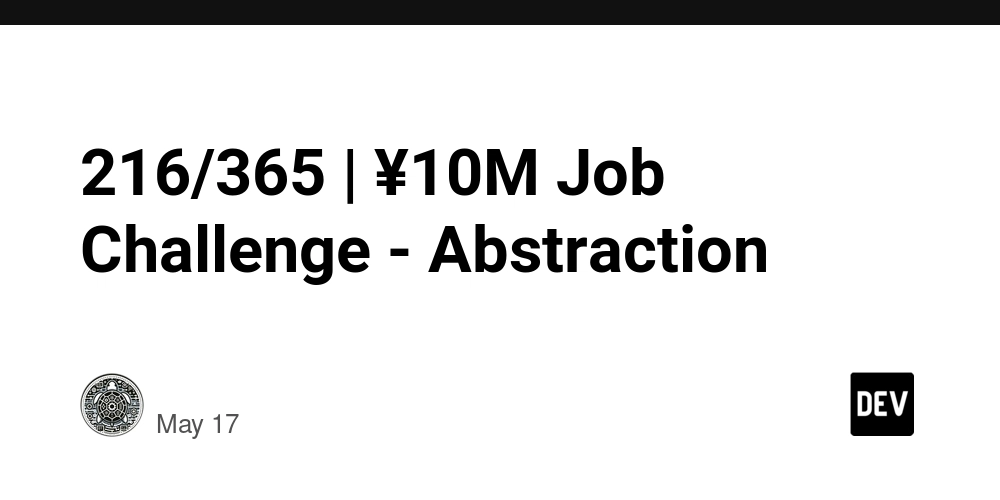
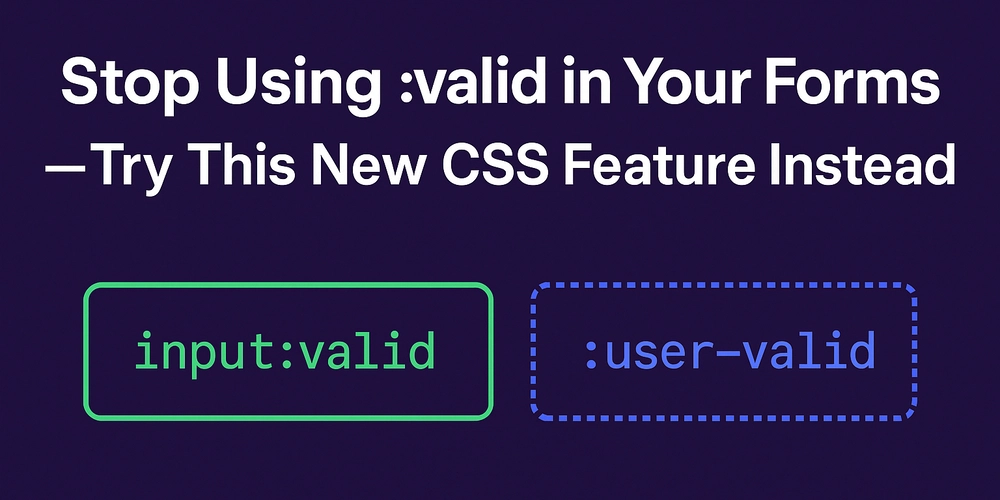
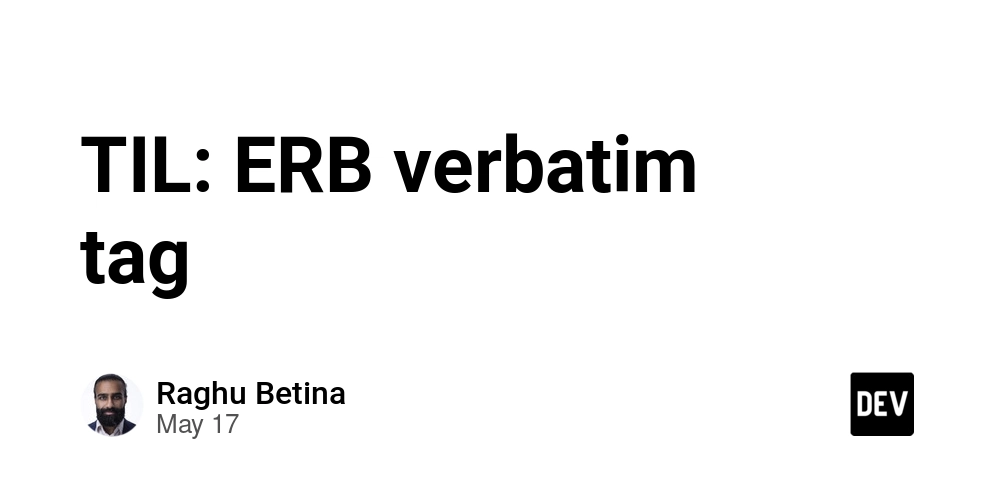










![[FREE EBOOKS] Modern Generative AI with ChatGPT and OpenAI Models, Offensive Security Using Python & Four More Best Selling Titles](https://www.javacodegeeks.com/wp-content/uploads/2012/12/jcg-logo.jpg)




![How to make Developer Friends When You Don't Live in Silicon Valley, with Iraqi Engineer Code;Life [Podcast #172]](https://cdn.hashnode.com/res/hashnode/image/upload/v1747360508340/f07040cd-3eeb-443c-b4fb-370f6a4a14da.png?#)




























































































































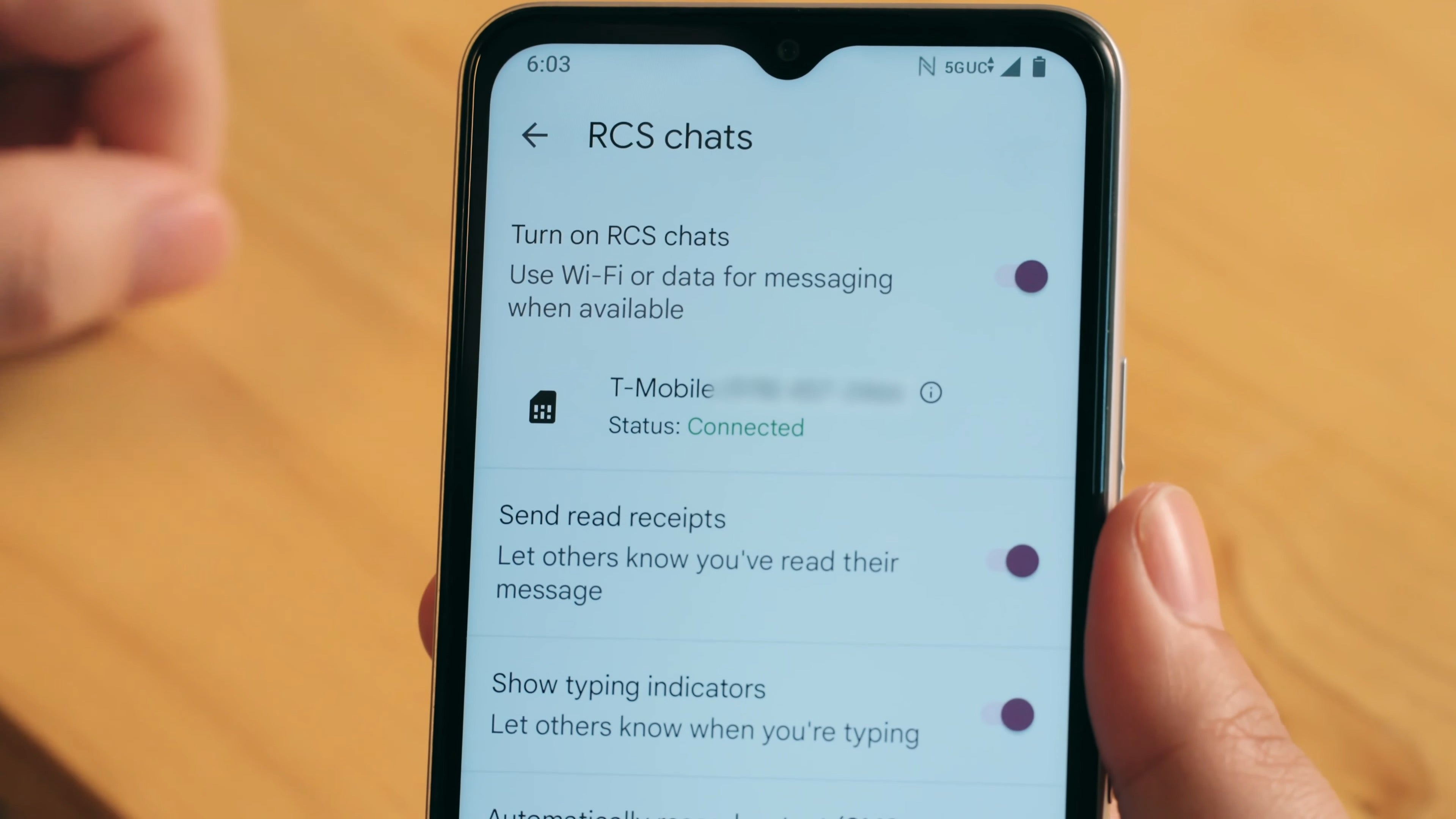
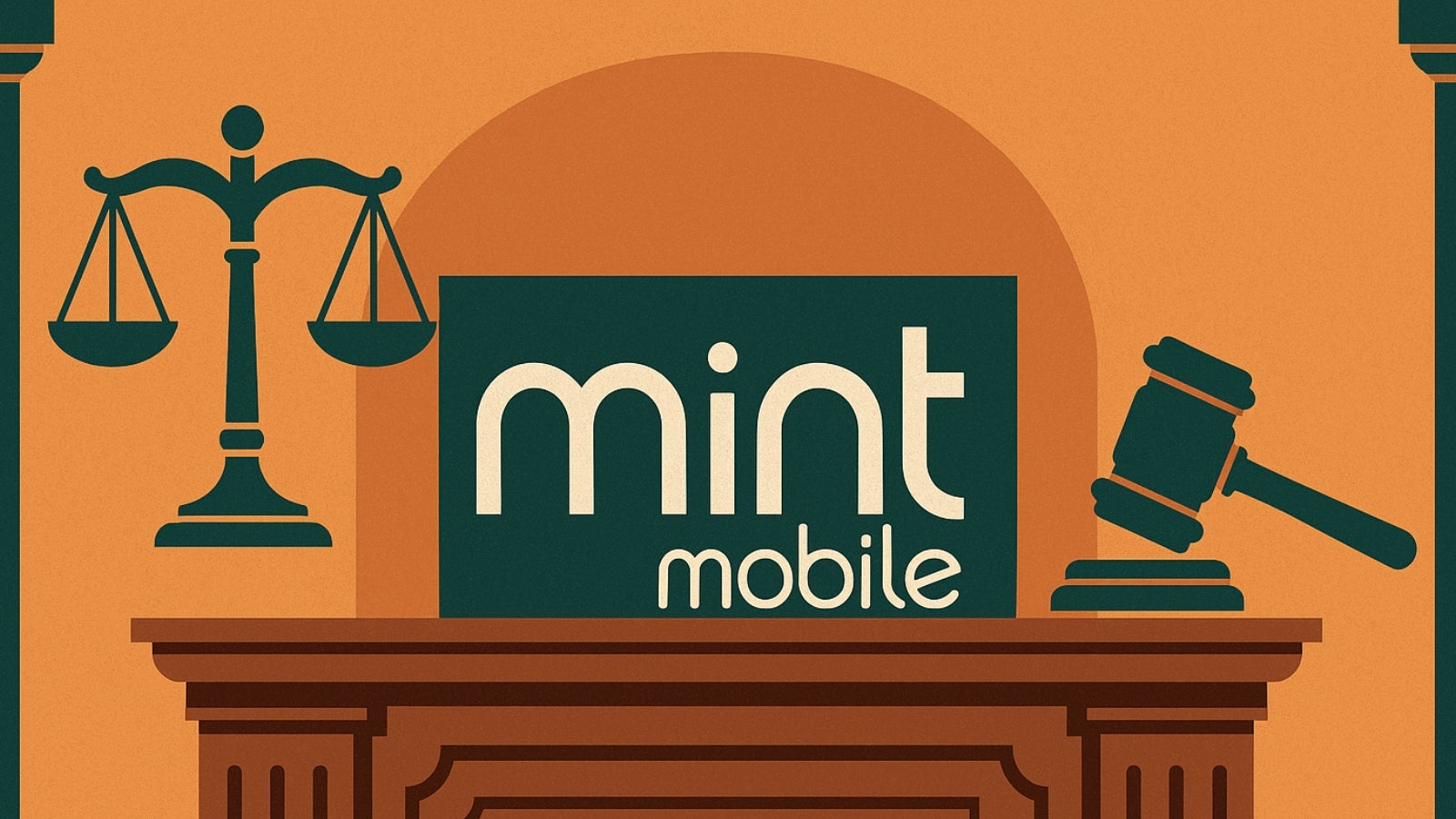












![[Virtual Event] Strategic Security for the Modern Enterprise](https://eu-images.contentstack.com/v3/assets/blt6d90778a997de1cd/blt55e4e7e277520090/653a745a0e92cc040a3e9d7e/Dark_Reading_Logo_VirtualEvent_4C.png?width=1280&auto=webp&quality=80&disable=upscale#)
















































































-xl-(1)-xl-xl.jpg)












![Upgrade your CarPlay experience in 2025 with Ottocast NanoAI and Mini Wireless [20% off]](https://i0.wp.com/9to5mac.com/wp-content/uploads/sites/6/2025/05/nano-ai-banner-pc.jpg?resize=1200%2C628&quality=82&strip=all&ssl=1)















![iPhone 17 Air Could Get a Boost From TDK's New Silicon Battery Tech [Report]](https://www.iclarified.com/images/news/97344/97344/97344-640.jpg)
![Vision Pro Owners Say They Regret $3,500 Purchase [WSJ]](https://www.iclarified.com/images/news/97347/97347/97347-640.jpg)
![Apple Showcases 'Magnifier on Mac' and 'Music Haptics' Accessibility Features [Video]](https://www.iclarified.com/images/news/97343/97343/97343-640.jpg)
![Sony WH-1000XM6 Unveiled With Smarter Noise Canceling and Studio-Tuned Sound [Video]](https://www.iclarified.com/images/news/97341/97341/97341-640.jpg)


































































